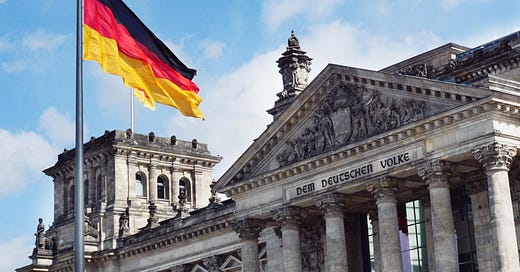Is Germany resistant to the virus?
This week's election yielded a political landscape that moderates and liberals in the United States and many other countries accept in a heartbeat

The German election was not as close as news outlets suggested in their quest for a simple-yet-engaging narrative. The result is messy, like in most elections these days, but viewed a certain way it is one that moderates and liberals in the United States and elsewhere can but envy.
It’s true that the center-left SPD…
Keep reading with a 7-day free trial
Subscribe to Ask Questions Later to keep reading this post and get 7 days of free access to the full post archives.



